1. Some clubs put care and thought into their pre-game playlists (Accrington, Rochdale, take a bow) and are often tailored to celebrate artists that emerged from their area. It would be nice to hear more of this. Other clubs just stick some songs on. So, it’s pleasing when some thought goes into such small things and clubs resist the urge to blast out Sandstorm or Sweet Caroline.
2. Club shops vary immensely in size and scope. Some are basically a few shelves housing some hats and scarves. Some are portacabins. Others are mini megastores flogging you anything and everything you could possibly ever want, like a Colchester United branded tape measure.
3. Parking near lower league grounds tends to be very easy, as long as you are prepared to walk a mile. Some online guides will have you believe that only pre-paid official car parks exist. But generally speaking, it’s always worth a punt and as long as you don’t mind – or are able – to walk 750 metres, you’ll probably have some joy.
4. Most clubs have extremely friendly matchday helpers knocking around these days, which may on the surface seem superfluous and a bit American, but is greatly appreciated when you want to buy a mug from the club shop, but owing to the aforementioned club shop being inaccessible from the part of the ground you entered, you will need such a helper to escort you through various no entrance areas. This is a welcome development.
5. Surrounding residential areas vary immensely. Some are wealthy and have definitely completed their ‘coming up’ phase. Others are less so. This remains a country of bafflingly huge gaps between wealth and poverty, the haves and have-nots. It’s plain to see for anyone who has spent time traipsing around a residential area near a football ground.
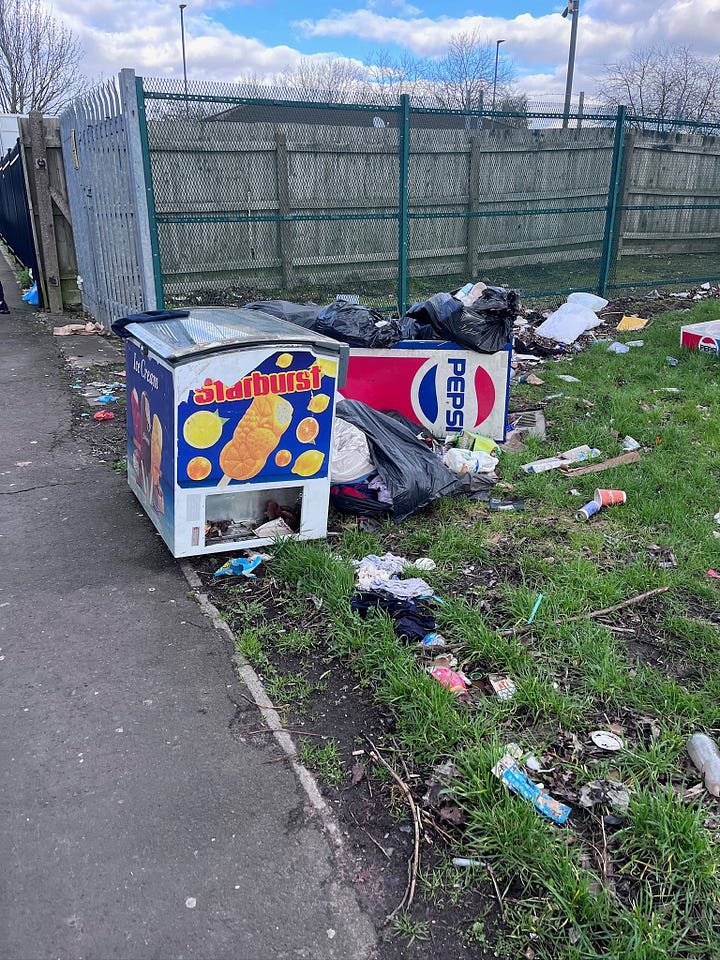
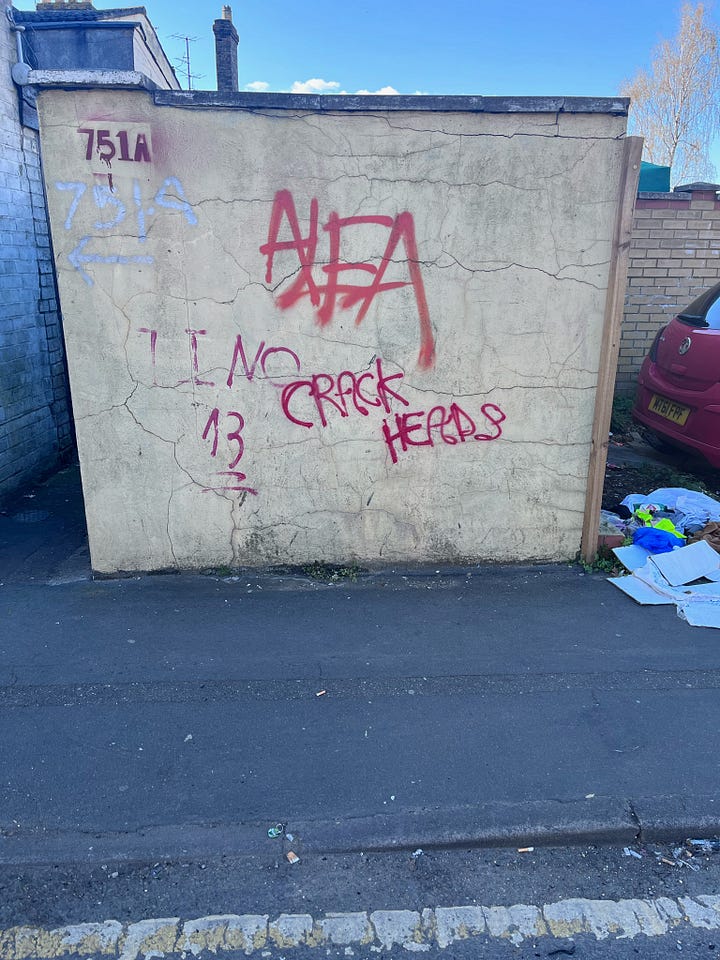
6. Anyone who has been to more than 20 or so grounds will have almost definitely navigated the trans-Pennine bit of the M62. Despite the inevitable hold-ups due to a crash or a particularly busy day at the Birstall Shopping Park near Morley, it maintains its capacity to amaze. Whether it’s the farmhouse seemingly plonked in the middle, the view over Scammonden Water, or the eerie bleakness of Saddleworth Moors, there is usually something that makes you wonder whether a big old motorway should even be here, while remaining deeply grateful that it is.
7. Radio 5 Live is not what is it used to be (and I fully realise that this sounds like a precursor to some angry middle-aged bloke moaning while simultaneously outing himself as a bloke struggling to adapt). Admittedly, the 12.00 intro music still slaps hard, as does the 17.00 Sports Report theme tune. But in-between and after, it is dominated by Fantasy Football blokey chat to the accompaniment of braying laughter of blokes called Denno or ABB. On one occasion, rather than run through the EFL scores, we were treated to an unfunny anecdote about a co-commentator throwing sweets at a commentator because he was watching what he eats (to braying, blokey, performative laughter). And the less said about the 606 phone-in show, the better. This is the cue for ‘Enough. Let’s have a bit of quiet time now’.
8. The sheer variety of chips available these days is baffling: cheesy chips, pepper and chilli chips, salt and pepper chips. Just ensure that if you are selling cheesy chips, you offer to melt the cheese, otherwise what’s the point? The variety of condiments on offer at snack bars around the grounds is pleasing too. Stoke City remains elite in this area.
9. It is increasingly common to see groups of teenagers going to their local games, albeit in the lower leagues. Girls comprising such groups is commonplace too. This is absolutely not the case the higher up you go. Lower league clubs need to embrace this and be as encouraging as possible. Higher league clubs need to think carefully about where their future fans will come from, and not fall back on the easy response to this – abroad.
10. Identifying the fans who have been every week since 1972 is a pleasant game. They are easy to spot. Those around always ask how they are. They invariably sport excellent headwear with copious amounts of pin badges. They should be protected and cherished.
11. In the lower leagues, it is commonplace and easy to get close to the away team coach. They don’t tend to be parked far and away from prying eyes. Sometimes, the team disembark and walk the same pavement to the ground as mere punters. On one occasion, I have been able to amble casually past an unattended open team bus, allowing easy access to the training balls, cones, bibs stored in the undercarriage. It is rather tragic that a small part of me felt I was experiencing a rare glimpse behind the curtain of professional football that few ever see; a larger part of me told myself to get myself together – you are [supposedly] a grown adult for god’s sake.
12. Away days tend to be big days out. The anachronistic sight of a group of Grimsby fans spilling out from a minibus into the leafy residential streets of a well-heeled suburb clutching a flimsy cardboard box of bottles of Madri before finding a bush to pee in is something one will probably only see in Britain.
13. There is always an elderly, friendly steward whose job it is to welcome the away team and fans – and they are universally and unfailingly polite and upbeat. They’ve seen it all before and greet every question, inconvenience and request with a smile.
14. How wonderful it is to go to new grounds and recreate those famous goals you’ve seen there on telly in your head: that goalmouth is where Jimmy Glass scored that goal to preserve Carlisle’s league status. There should be virtual blue plaques for this kind of thing.
15. Trains are hard work. You know this. This is nothing new and you don’t need me to point this out to you. So many things are wrong. It wouldn’t hurt for train companies to glance at the fixture list once in a while and consider the implications of this. I’m not interested in fancy seats or buffet carriages. I just want to get to and from a game without drama or delays or standing all the way to Ipswich and back, for a reasonable price. I’ll happily buy a railcard, but there simply isn’t one for me, no matter how much you plough into advertising railcards. Get this right and you’d get some cars off the road and we’d all benefit.
16. Some grounds afford stunning views from the stands: Burnley, Accrington, Fulham (before they filled the corners in), Millwall (from the back of the upper tier of the ways end), take a bow. Such views help when the game is one of those really tedious ones.
17. There are some weird gaps in standards of football to be experienced. The gap between League Two and the National League is barely discernible. The gap between teams towards the foot of League Two and the top of level 7 sometimes seems small (apart from fitness). Yet there is a chasm between the Premier League and the Championship, and it’s getting wider. This is not healthy.
18. Behaving as a neutral should be straightforward: clap and show disgust at the right moments. But showing the appropriate amount of cheer and disdain is a fine tightrope to tread. Showing either too much or not enough runs the risk of drawing attention, which in turn means questions and conversation. Excellent for the extrovert; less so for the introvert. Consequently, just the right side of performative emotion is required. Yet we naturally accommodate emotions to those around us and are never really neutral. If with home supporters, we find ourselves applauding a goal more enthusiastically than we imagined we might, and generally agreeing that the opposition’s left back is indeed a dirty bastard and should be sent off.
19. Lots of football teams play in red. Red is fine. Nothing wrong with red. But perhaps too many teams play in red – there is maybe just too much red. Just a little more variety in club colours would liven up the palate. Green and white stripes are up for grabs if anyone wants them.
20. You can still find many terraces behind a goal to stand on. And higher up the leagues, safe standing is now commonplace, which begs the question, how hard was it to implement in the first place? The period between safe standing seeming weird and fantastical to it being ubiquitous was brief. Football fans can have nice things without breaking them.
21. It was once the case that you could identify a ground from its distinctive floodlights, or at least, you’d approach a new ground not knowing where it was and walk around for a bit looking for a sign to guide you. Not so much these days. At large and modern grounds, the lights are attached to the monolithic stands and lower down, floodlights are pragmatic and perfunctory. There is a glut of generic one pole affairs.
22. The ritual of tying a St. George flag, resplendent with post code, supporters’ branches and poppy logos, to a terrace or draping it over the advertising hoardings is still alive and well, irrespective of the level of football.

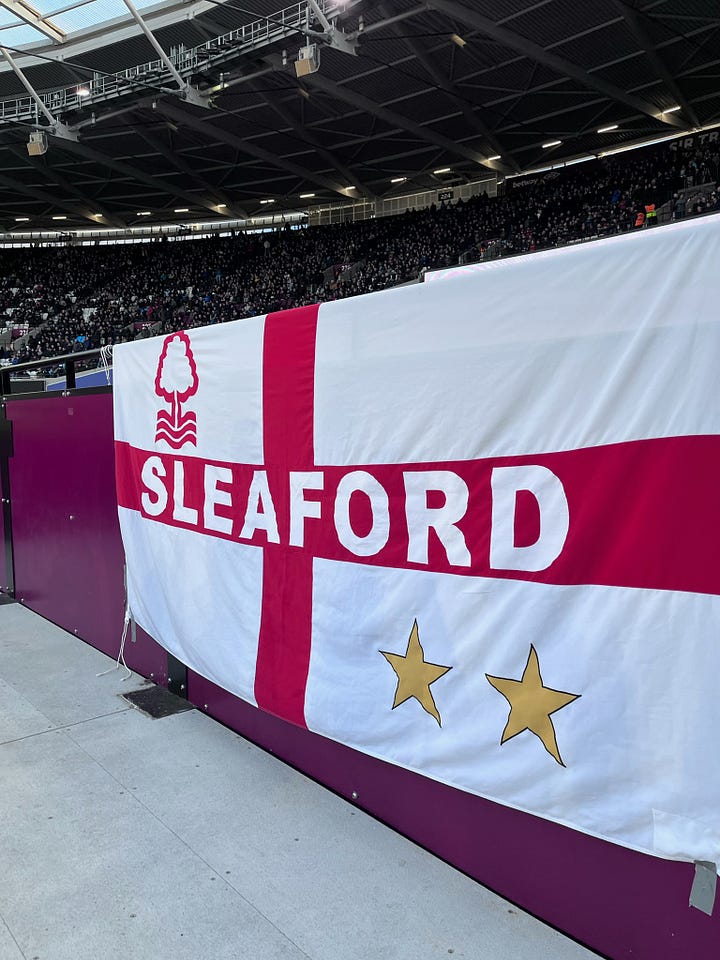
23. We all know about Griffin Park and its famed pub for each corner of the ground. But by the time of the last throes of Griffin Park before it went to the ground graveyard in the sky, not all of them were still open for business. The pub nearest the ground – like pubs up and down the country – have been closing at an alarming rate. Meanwhile, football clubs have become increasingly preoccupied with footfall and asking themselves how they could possibly squeeze any more money from their fans. The solution? Get them to buy their beer inside the ground. Thus, the modern stadium builds a bar into the fancy new stand. Some of which are quite good, especially when there are no pubs within walking distance, which brings us neatly back – in a chicken and egg style – to the question as to why pubs around grounds are a rare commodity.

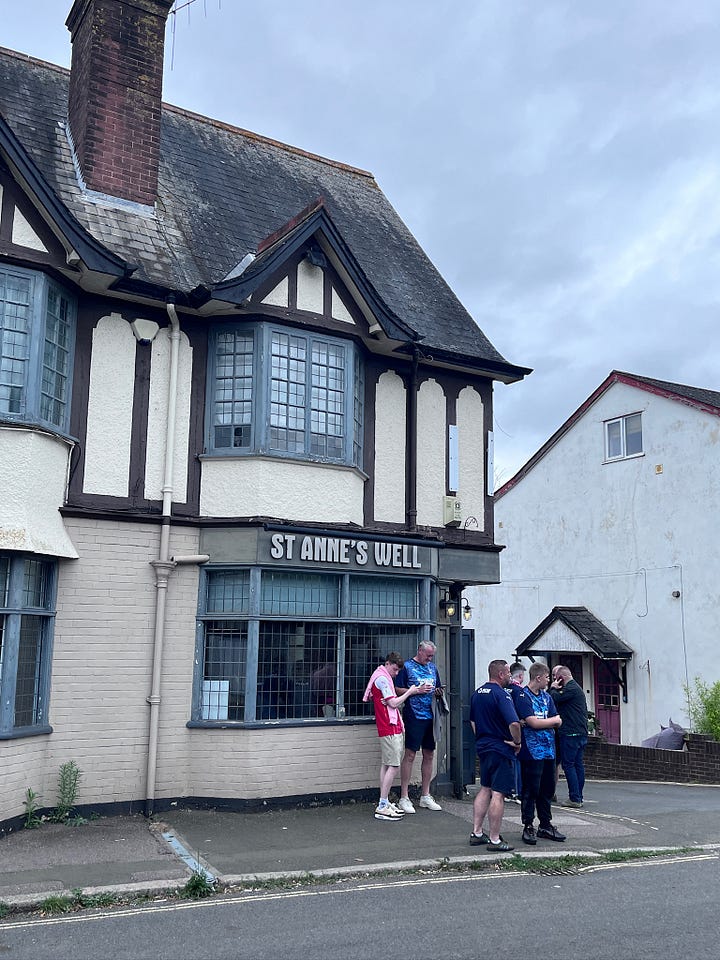
24. The modern ultra is here. And they are everywhere. For so long, we have envied German supporters for their flag-waving, constant chanting, and sense of identity. But rather than taking the best bits and moulding it to their own club, some fans have simply copied and pasted it. Of course, anything to bring a bit of atmosphere to the game is welcome. Yet the practice of some sort of uniform, invariably all black clothing, to assert your own fandom seems odd. It has a whiff of superiority about it, as if to say that we are the proper, true, most loyal and generally best fans of all the fans, and you can’t be in our club or as ultra as us until you wear all black and jump up and down a lot. And you may even have to be questioned by us in a pub if you want to join to see if you are the right vibe. It seems like most clubs have their own baby squad – Barrow’s are clearly visible, especially when their team scores a goal at the Holker Street End and they surge towards the away fans to their right. By all means, wave a flag, sing songs, do all of that, but is some sort of uniform really necessary? This is not Asda.
25. Big flags are waved everywhere. Supporters wave them. Clubs have official big flag wavers too. It looks great when a huge flag surfs from end of a stand to the other while flags are being waved in the other stands. But like safe standing, why were we told for so long they were not welcome? They were frowned upon and discouraged and anyone daring to wave a flag to show their support was pounced upon by eager stewards. In fact, it is still difficult to get such a flag into a game without prior permission (although it can be done – there are ways which involve a truckload of Gorilla Heavy Duty thick tape and a thick winter coat). It seems that clubs want to have such a spectacle, but want to own it too, to make it official in some way, as if fans can’t really be trusted to wave the flags correctly, so we’d better take charge of the flag-waving ourselves. Regardless, more big flags and keep them coming; just let the fans sort it themselves.



Part 2 is here.
If you don’t know me, I am the author of ‘Reds and Rams: The History of the East Midlands Derby’ and ‘The History Boys: Thirty Iconic Forest Goals’ (both available in the Forest club shop). I have written pieces for Mundial magazine, Football Weekends magazine, edited two award-nominated fanzines and was a columnist in the Nottingham Forest programme for eight years.
If you do know me, I’m truly sorry.

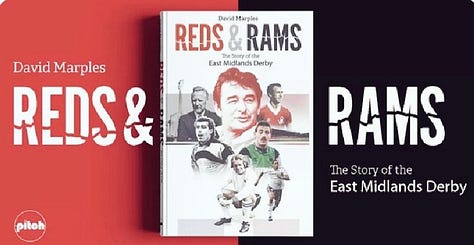
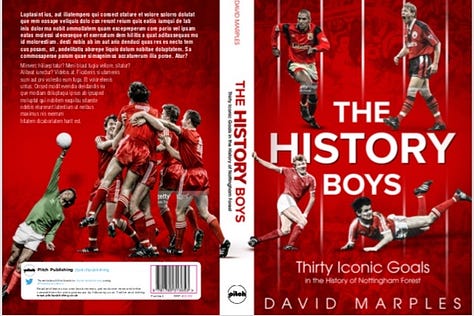

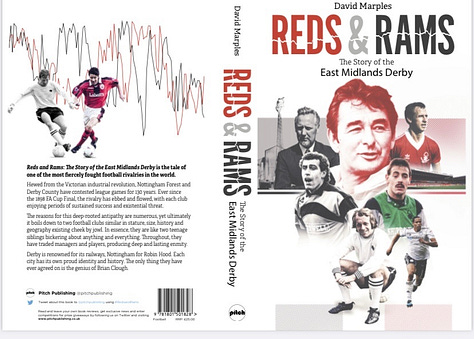
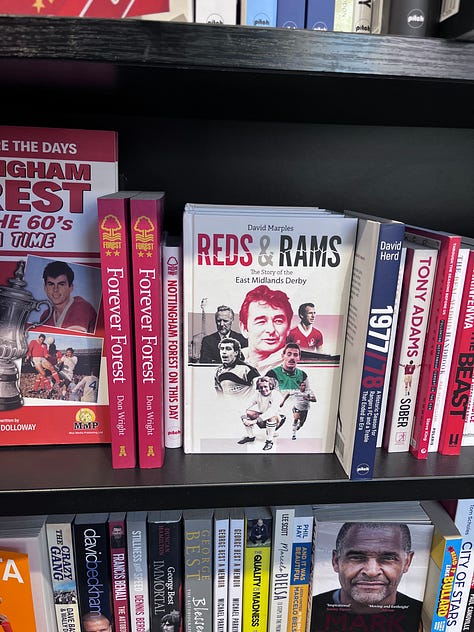







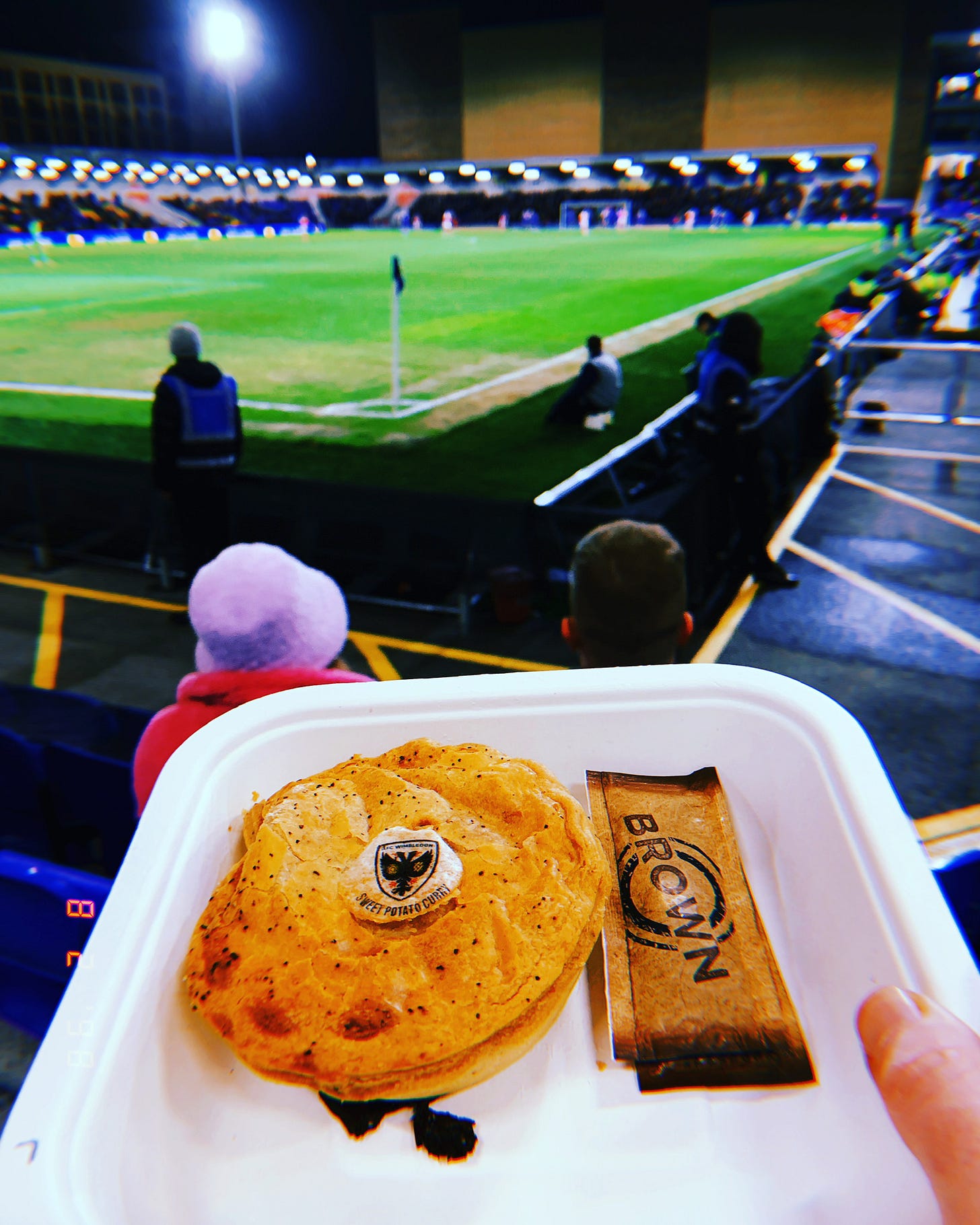
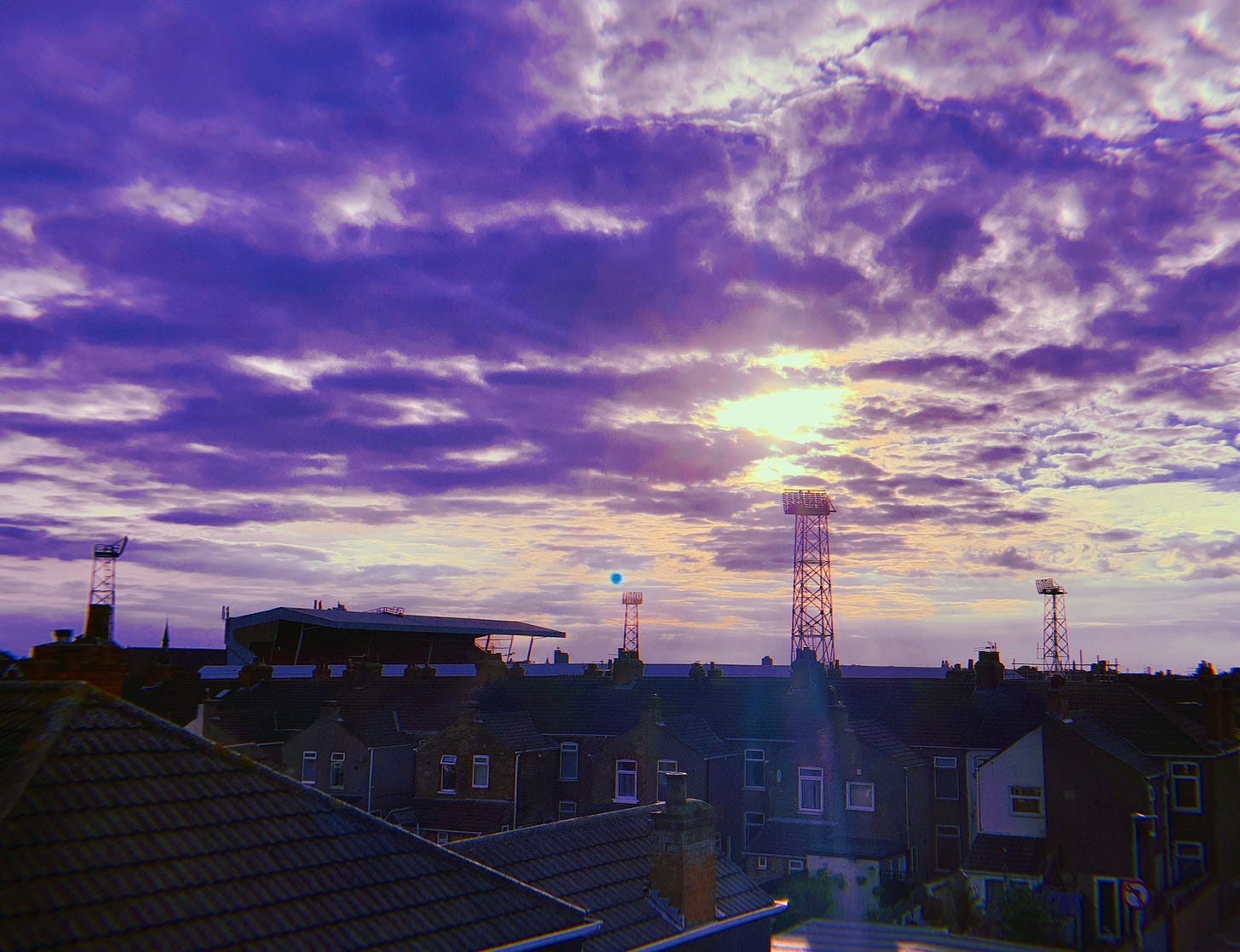

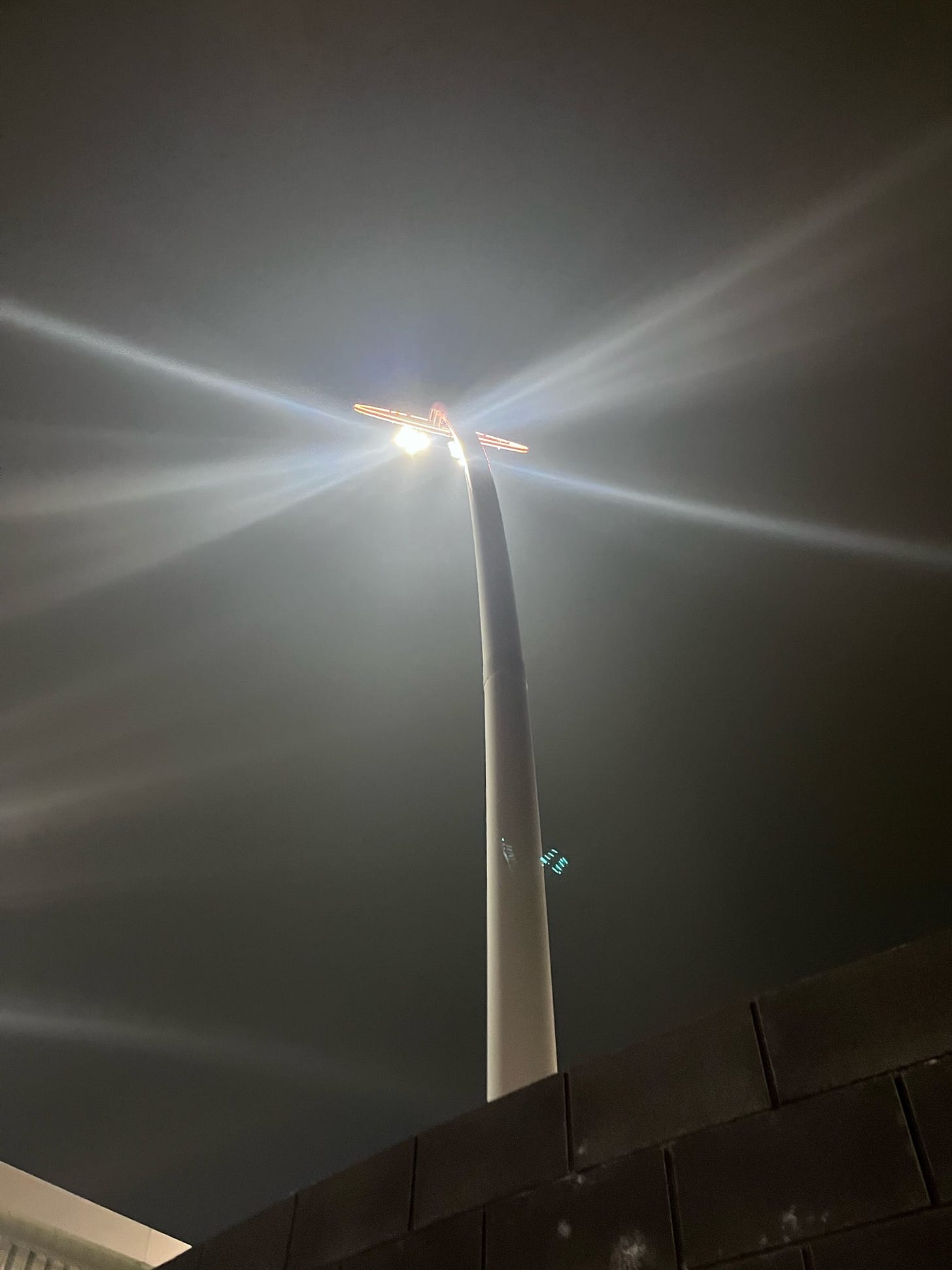

Would love to know which ones you have left, David!
I'm a Forest fan doing the 92 now that I can't get a ST and up to number 60, after going to Shrewsbury yesterday.
To add to your points, I'd also say the death in some places of the programme is a real shame. I like the monthly magazine version I've seen recently at places like Harrogate. Hope it keeps the tradition alive!